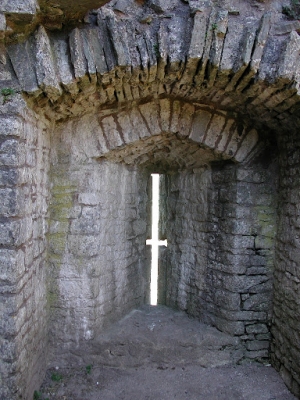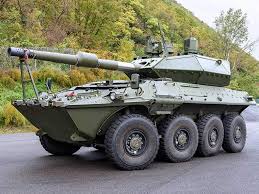
But the Romans, lacking machine tools and industrialized manufacturing, produced surprisingly standardized and precise in line valves to finely control the water supply to public baths, fountains and quite often, individual homes.
The design was simple, a bronze or bronze alloy junction piece with a tightly fitting plug cylinder sleeved within it. This had holes in. Turn the spindle at the top and the holes align with the pipe allowing water to pass through and vice versa.
Some modern valves you get from the hardware shop work the same way and look surprisingly similar.
Simple, but to make it work it must be robust and precisely measured. The plug insert has to be a precise fit or it will leak or Caesar up. Ahem sorry, seize up.
You see, a valve isn’t just a valve.
If you work back through the reverse butterfly effect of what is required to make a simple device standard across a whole empire that everyone uses, you see it takes a huge amount of collective effort.
We have the benefit of fine machine tools, synthetic polymers, stainless steel, a literate population that can read and count, standardized factories. Decades of craftsmen and engineers talking with each other, comparing designs, sharing best practice.
You need people to travel to demonstrate to craftsmen what is required. To travel you need efficient transport, or at least roads, and therefor a robust government administration to put that in place.
You have to have literacy and numeracy to a degree, otherwise you will have simply a hundred differing artistic interpretations of “valve”, not an empirical design.
You need enough of the workforce producing enough of a food surplus that a segment of the population can specialize in making stuff that isn’t food. Like valves.
All this has to be in place first.
Rome, at its heart, was a slave owning economy based on simple agriculture. Human and animal muscle power drove it, and the wind helped blow its ships. In that respect it was little different from the Minoans, Egyptians, Assyrians or any other nameless, ancient culture.
And yet the pre-industrial Romans managed to coordinate themselves to such a degree that small groups of craftsmen, as far apart as northern England and Egypt, with hand tools in simple workshops, could produce a standard device that could, literally, plug into a standard plumbing system in different corners of the empire.
We picture the great aqueducts sweeping into the cities dumping water into troughs while the eager plebs gather around with their buckets.
In actual fact it was a lot more elegant, and indeed modern, than that.
Credit : Quora
Picture Credit : Google





